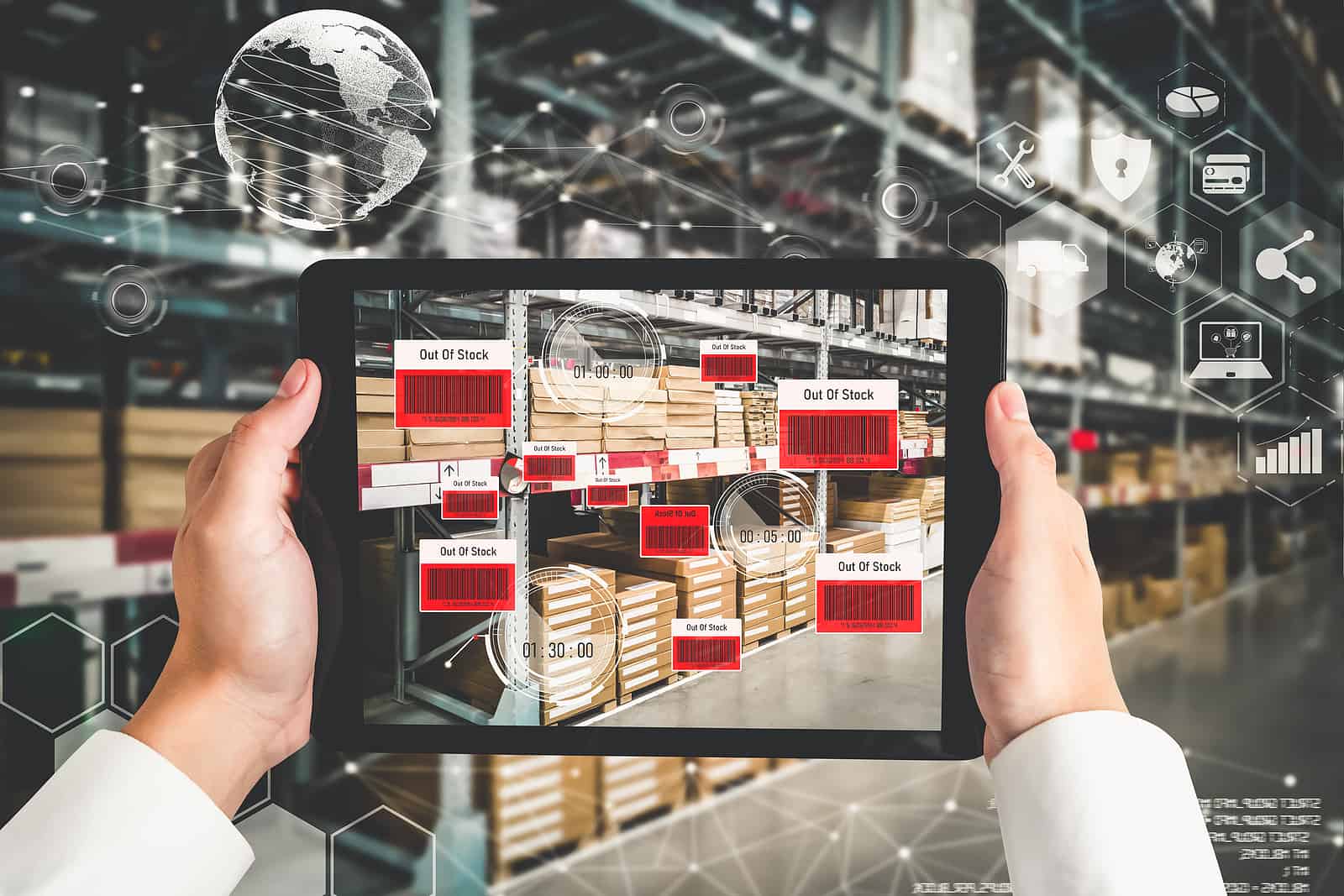Are Real-Time Analytics in Supply Chain Management Important?
Actian Corporation
February 22, 2021

Processing Data in Real-Time
Every organization processes data in many ways. For example, batch data process still exists for heavy data-process workloads, such as payroll. Many of these data processing requirements are executed by batch scheduling software; however, there is a growing need for data processing to be more automated and processed in real-time. Processing data in real-time is becoming more and more crucial to many organizations, especially for supporting customers in so many ways not thought of before.
Today’s consumer is empowered, mobile, and can ask for services or products anywhere and anytime. Organizations have to be responsive and knowledgeable about their customers. Individual Customers and their organizations today are impatient and know they can find most products and services elsewhere.
The faster data can be acquired and processed, the better the organization can deliver to stakeholder expectations both internally and externally. Real-time analytics of data and information is necessary for a supply chain and necessary for the timely processing of most data.
Business Analytics
Gathering and analyzing large amounts of data from many sources is a challenge. More cloud-based businesses are starting every day, capturing data and enabling data exchanges with other businesses and customers. Business analytics helps solve many problems and issues, including challenges with running and growing the business revenue.
Analytics are also important in understanding the competition and making decisions for innovation. Organizations are collecting a tremendous amount of data every day; they cannot just rely on their experts’ opinions in the company. Business analytics and expert opinion have to be used together for a competitive advantage.
Supply Chains
A high cost within supply chains is the cost of manufacturing the products and goods delivered. Data and information for decision support in the manufacturing process are crucial for success with organizational profitability.
Raw goods, parts, components, and finished products must be tracked in real-time at each step in the chain until it is delivered to its final destination; the supply chain has to be continually improved, strengthened and made economical. Real-time analytics are of utmost importance for the efficiency and effectiveness of the supply chain.
The Importance of Real-Time Analytics
Real-time analytics help with decision support for the organization’s experts and all employees that need data to do their jobs effectively. Better decisions are made faster and more efficiently using technology that supports real-time analytics and an overall Enterprise data management strategy.
Security risks can also be identified faster using real-time analytics. Analytics can help detect abnormal system and data behaviors that could be the result of a cyber attack. Security is a major concern within a supply chain. Any security incident that could have been detected with real-time analytics can save much heartache and reduce future potential problems within a supply chain.
Supply chain end-to-end product management can be improved to help remove constraints and backlogs in product delivery. The supply chain has to be intelligent and needs to provide real-time data visibility for actionable responsiveness.
Discovery, interpretation of data into information, and information into actionable insights for decisions is essential and needs to be done well. The analysis of data and information for specific purposes has to be well thought out. What decision needs to be made for supply chain efficiency? Each asset in the supply chain and every activity of the asset used to deliver the products on time and in perfect condition needs to be analyzed.
Are real-time analytics in supply chain management important? Without this capability, there are so many challenges that organizations will be unable to address that can affect their ability to do business. Organizations have to have the ability to respond to real-time issues. They have to be predictive and deliver products to customers meeting or exceeded their service level agreements. They have to deliver a good experience; good experiences disappear with bad service.
Real-time analytics is a mandatory capability for supply chain management. This capability cannot be optional if the supply chain is to be intelligent and responsive. An enterprise data strategy is a must for any organization that has to manage a critical supply chain.
Actian enables the enterprise data strategy with a single data management platform to support the most demanding supply chain real-time analytics use cases and mission-critical applications. Actian is a fully managed cloud data warehouse service that delivers high performance at scale.
Enterprise data integration improves decision support and consistency for success. Leveraging a solution like Actian DataConnect supports a data-enabled enterprise and speeds up the decision-making process, no matter where the data resides, by leveraging the analytical performance, data collection for continuous improvement of supply chain management.
Subscribe to the Actian Blog
Subscribe to Actian’s blog to get data insights delivered right to you.
- Stay in the know – Get the latest in data analytics pushed directly to your inbox.
- Never miss a post – You’ll receive automatic email updates to let you know when new posts are live.
- It’s all up to you – Change your delivery preferences to suit your needs.
Subscribe
(i.e. sales@..., support@...)












